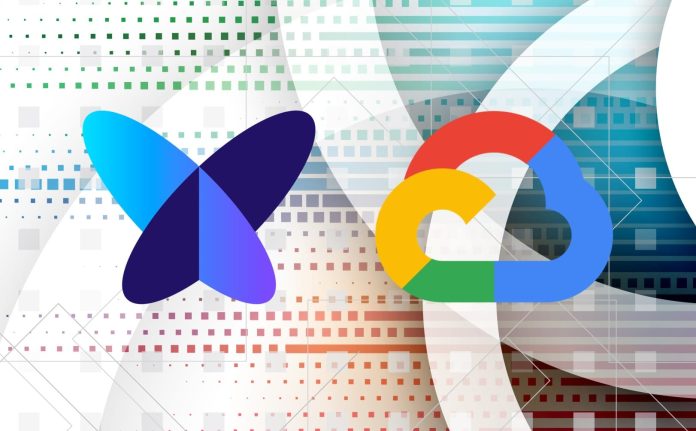Ultra narrowband IoT network provider Sigfox is working with Google to build a new range of IoT devices that can leverage local artificial intelligence (AI) analytics at the ‘edge’, in compute nodes on customers’ premises. Sigfox has signed a deal to load Coral, Google’s AI hardware and software platform for edge devices, onto its certified IoT gadgetry.
Coral, launched three years ago, is Google’s attempt to push into the edge analytics market, with machine learning devices that run without a connection to the cloud. By joining the Coral ‘partnership programme’, Sigfox will look to integrate Google’s custom-developed Tensor Processing Units (TPUs), application-specific integrated circuits (ASICs) for accelerating machine learning workloads, into its IoT devices..
By processing data locally, and bypassing back-and-forth connectivity to the cloud, network efficiency is improved. The network is unburdened of large volumes of data traffic, and latency invariably goes down. In remote settings, edge-based analytics are crucial as wide-area wireless connections to the cloud often cannot handle the load, generally, and limited narrowband IoT networks like Sigfox’s are unsuitable.
In intensive industrial settings, issues of latency and security also come into pay with cloud connectivity. With edge processing, the inference phase in machine learning, to glean anomalies from data streams, is run in edge nodes, in the vicinity of the sensor devices; the training of large sets, to write and improve the machine learning algorithms that infer intelligence, still happens in the edge cloud or central cloud, on more traditional server infrastructure.
Sigfox proposes its network can be used to ferry the data between the sensors and the edge nodes, in the local network. “Once the raw data is processed and its value has been harvested at the device edge, the Sigfox 0G network will transport it rapidly and at a very low cost to the customer’s platform,” the company said in a statement, sticking with its 0G branding to denote its strategy as a last-ditch back-up to regular cellular connectivity.
The France-based company listed likely scenarios for Coral-equipped Sigfox solutions, including in “smart buildings, traffic monitoring and anomaly detection”. It stated: “Coral-enabled sensors can help understand population flow in parks, streets, workplaces, or retail centers while preserving people’s privacy using local AI… Feeding that data into a larger model can help distribute shared resources efficiently and improve incident response.”
Sigfox continued: “The combination of local AI and IoT can also come in handy on a production line, where users can extract data from long HD video streams and detect product defects. The cost to do this is typically very high but using Coral’s solution coupled with Sigfox devices and 0G network, costs and latency will be reduced, while data privacy is improved by enabling data refinement upstream.”
Ajay Nair, ‘product evangelist’ for machine learning at Google, said: “Efficient AI starts with enabling capabilities at the edge. The Coral Partner Program is intended to expand the edge AI ecosystem to support a broader range of industrial, IoT and cloud-based solutions by enabling deployment at these edge nodes. The addition of Sigfox allows engineers to leverage the Sigfox 0G network, making gathering and streaming the right data from remote, low power or low connectivity settings easier without having to sacrifice efficiency or privacy along the way.”
Sigfox signed with Google in February, to migrate all of its IT infrastructure to Google Cloud; previously, Sigfox managed its core network infrastructure and data services from its own headquarters, in Toulouse in France. The move was a major shift for Sigfox, which re-stated its objective and its plan to lead the fiercely competitive low-power wide-area (LPWA) end of the IoT sector.
Sigfox claims to run networks in 72 countries; its traffic volumes jumped 145 percent in 2020, it claims. Guillaume Simenel, vice president of product and strategic partners at Sigfox, commented: “After signing a partnership with Google Cloud earlier this year, we are delighted to start a collaboration with Coral and are looking forward to developing new solutions that will help all kinds of industries harvest the true value of their data.”

